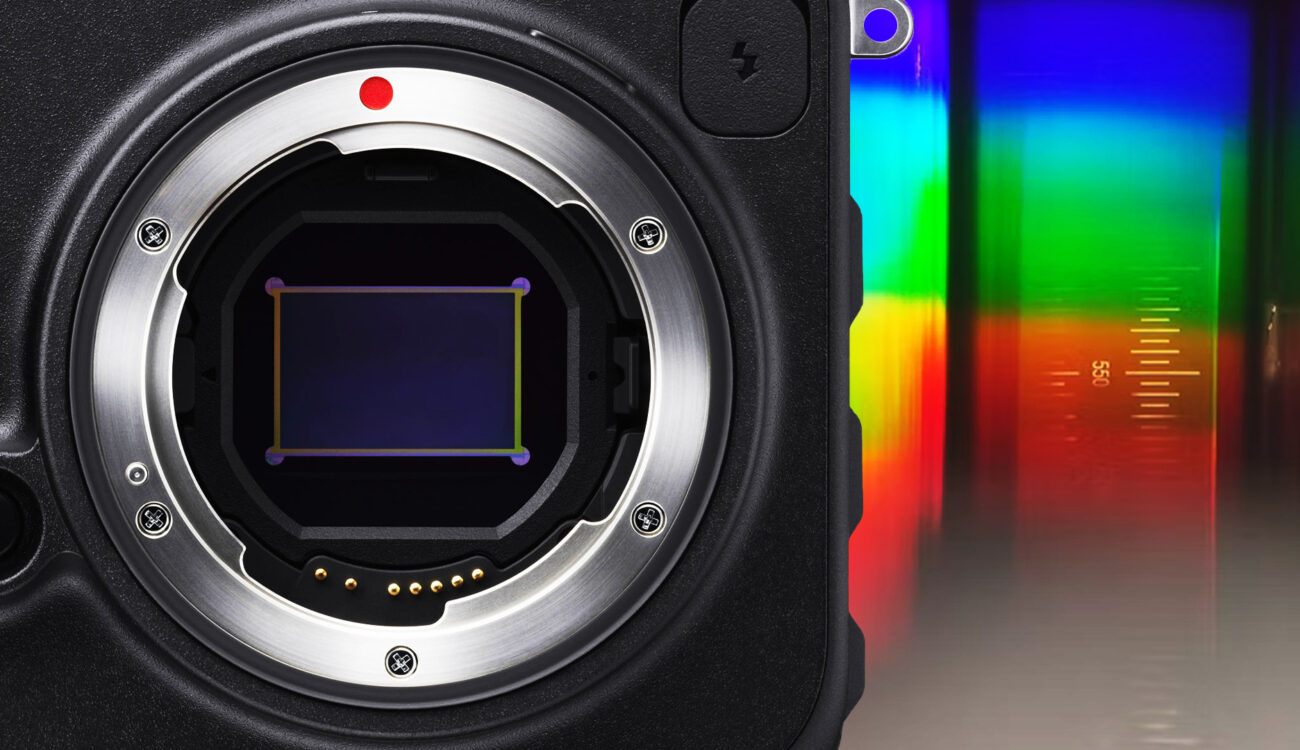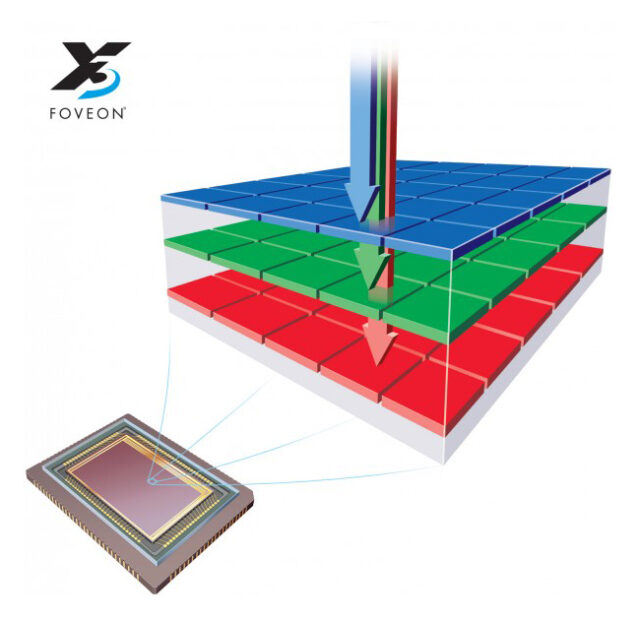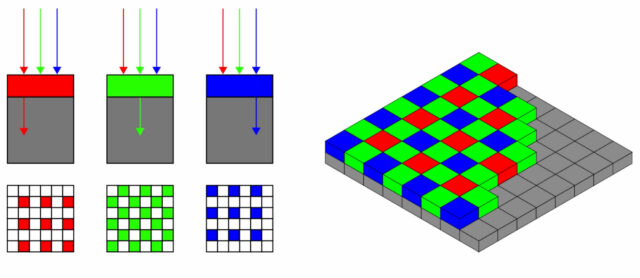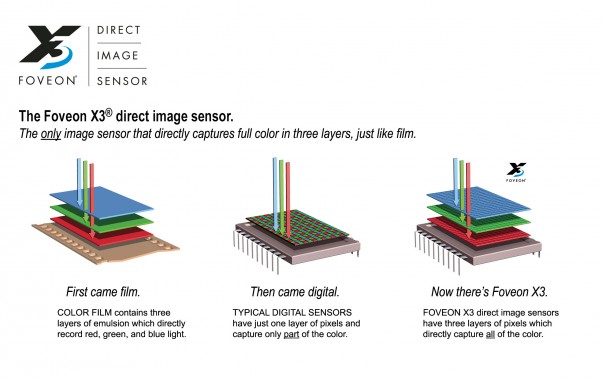
[ad_1]

In a recent press release, Kazuto Yamaki, SIGMA’s CEO, provided updates on the development of their full-frame three-layer Foveon sensor. Despite the technical difficulties and multiple delays, the company is still working hard to bring this technology to life.
The development of SIGMA’s full-frame Foveon sensor was first announced at Photokina 2018, and the product was expected to reach the shelves in 2020. However, a series of challenges arose along the way.
These technical difficulties pushed the company back to the drawing board in February 2020 and caused many other delays. Long story short, this innovative full-frame sensor hasn’t seen the light yet (literally). However, in a recent press release, the company declared that the project isn’t over.

SIGMA Full-Frame Three-Layer Sensor: the Foveon Technology
Before we get to its development status, let’s take a look at how the Foveon technology differs from current imaging sensors and what improvements it might offer.
Traditional Bayer-pattern digital sensors only contain a single layer of photosites. A red, green or blue filter sits on top of each pixel, letting only specific wavelengths of light pass through.
As a result, each pixel only contains information about one of the three primary RGB color components (Red, Green or Blue). The two missing color channels are then reconstructed by interpolating data from adjacent pixels, in a process called demosaicing.

On the other hand, the design of the Foveon sensor is inspired by that of color film. In this scenario, the sensor contains three different layers of pixels stacked on top of each other.
Since different wavelengths of light can reach different depths of this multi-layer design, all three RGB components can simultaneously be detected at each pixel position. This should result in sharper images with reduced artefacts and without any need for interpolation.

Current development status: stage 2 out of 3
According to SIGMA’s CEO Kazuto Yamaki, the development of this new sensor is a three-stage process. After successfully testing the initial design using simulations, the company has now entered the second stage.
This consists of prototyping a smaller-size sensor with the same pixel pitch of the final chip. Depending on the outcome of current tests, the company might successfully move to the third and final stage, or review this second step once more.
The last stage is the development of a full-frame prototype with very similar characteristics to the final product. At this point, the company will gain a better understanding of the sustainability of mass production for this imaging sensor.
Moreover, in case you missed it, you can check out this interview that my colleague Johnnie conudcted with SIGMA’s SEO a few months ago. If you skip to 17:36, you’ll find some specific insights on the current Foveon development status for video shooting.
Unknown availability
Although the company seems to be working hard to keep up with their customers’ expectations, they prefer not to disclose a new release date for this technology. While we wait impatiently, it’s dutiful to show respect for SIGMA’s commitment and transparency.
Featured image credits: Photo by Max on Unsplash
Are you looking forward to this new SIGMA full-frame Foveon sensor? How do you think will this technology impact your work? Share your thoughts in the comments below!
[ad_2]






